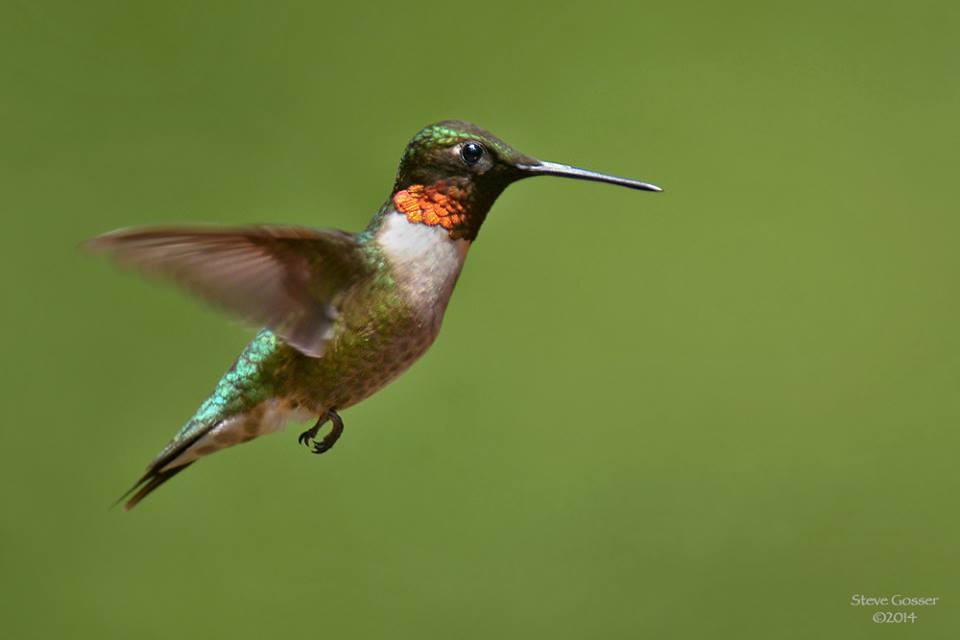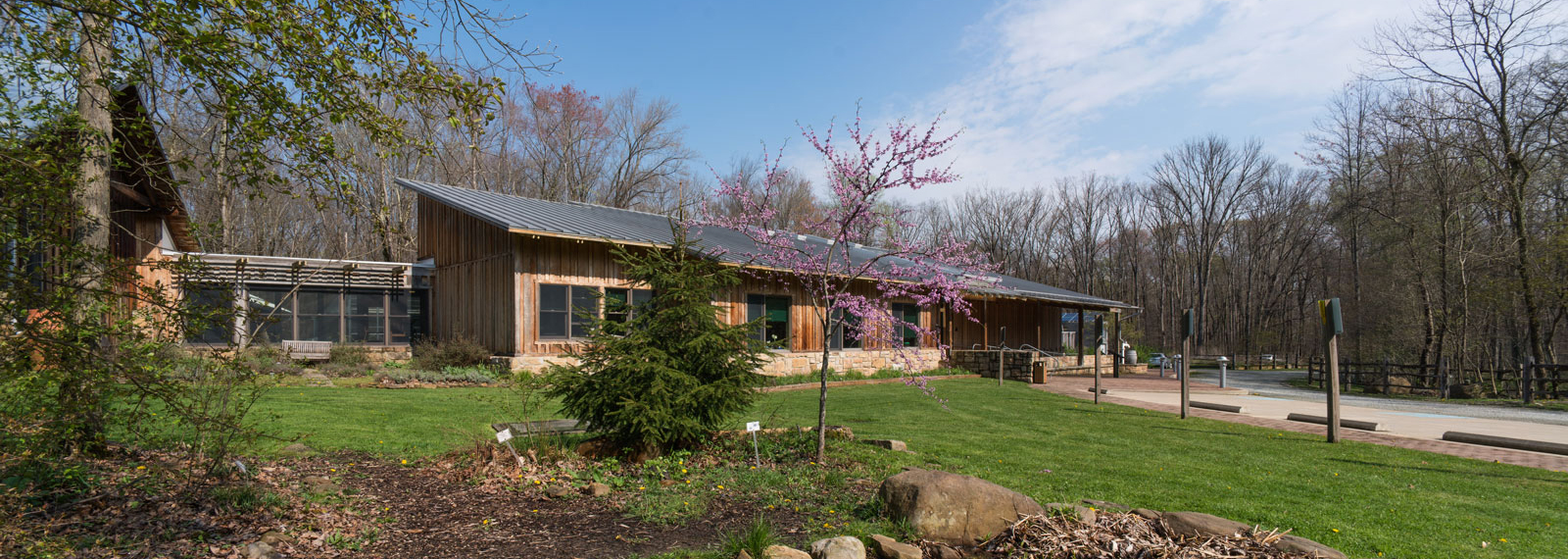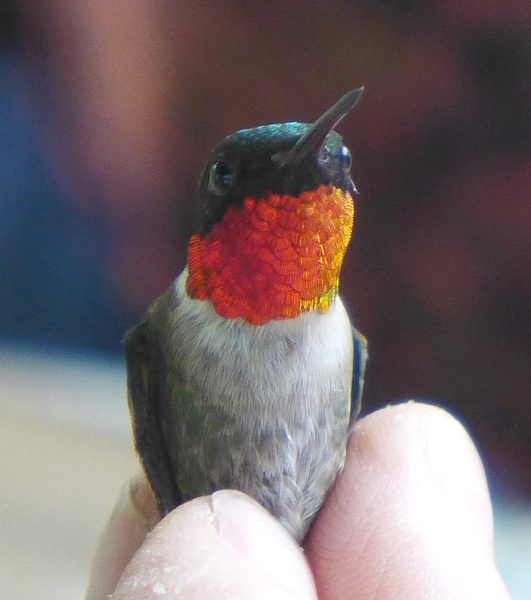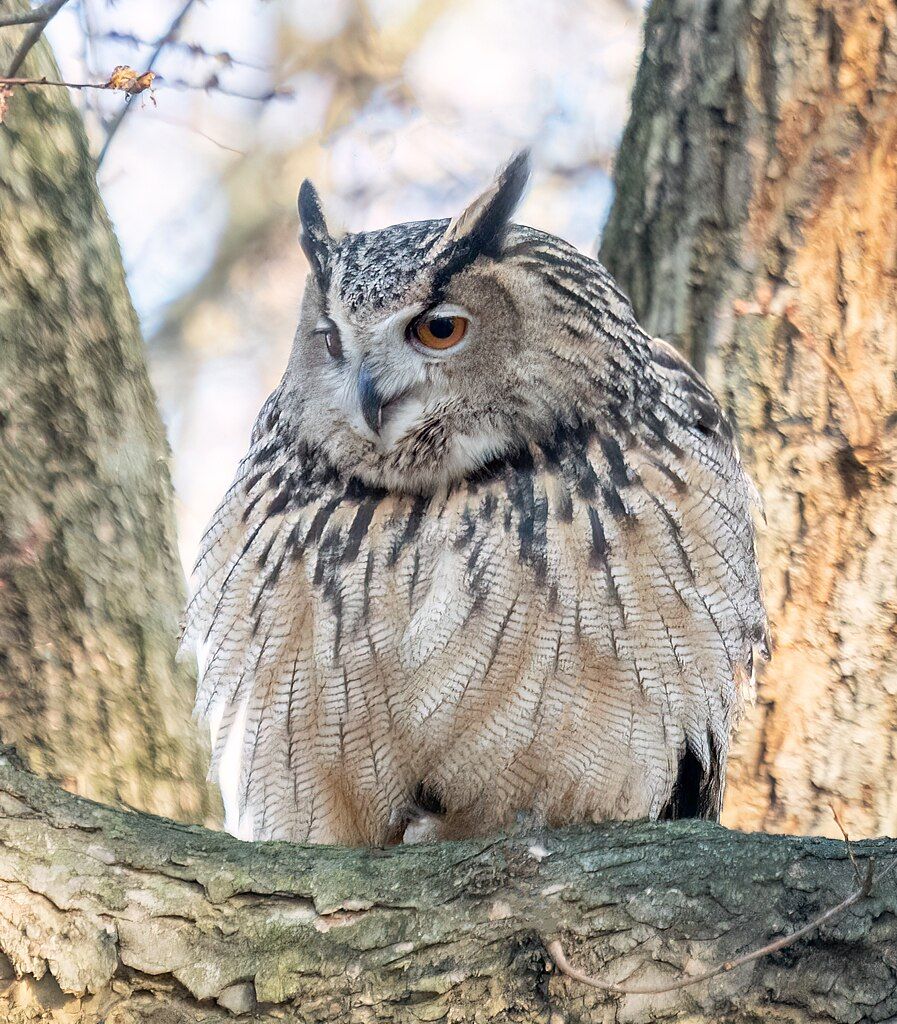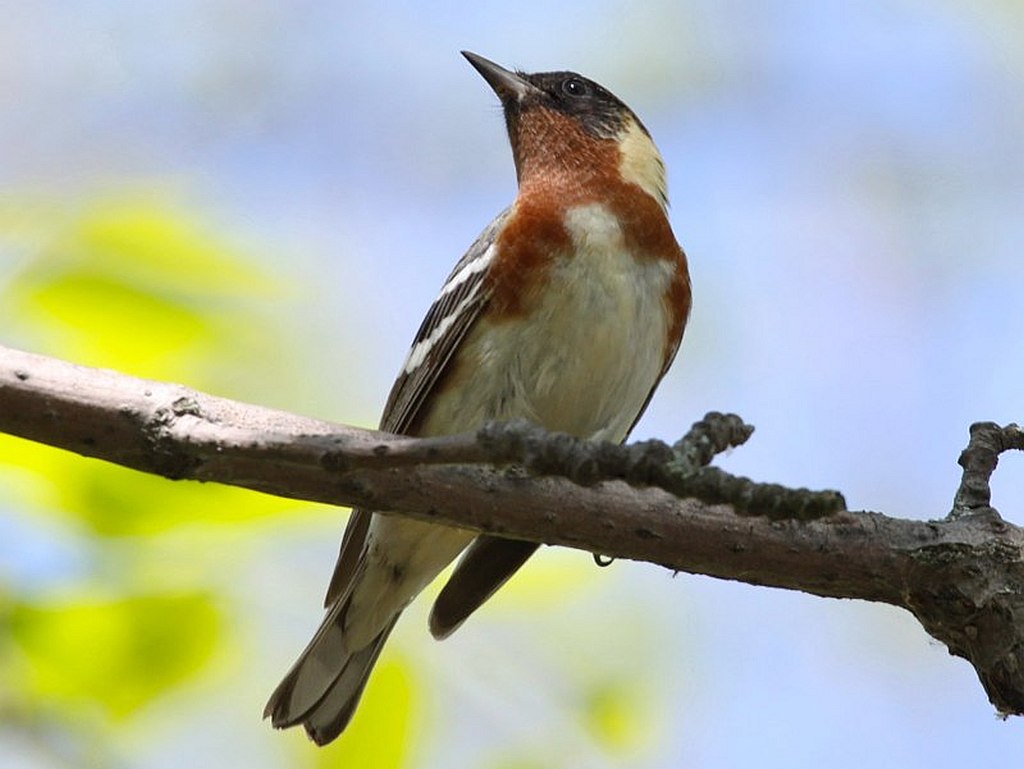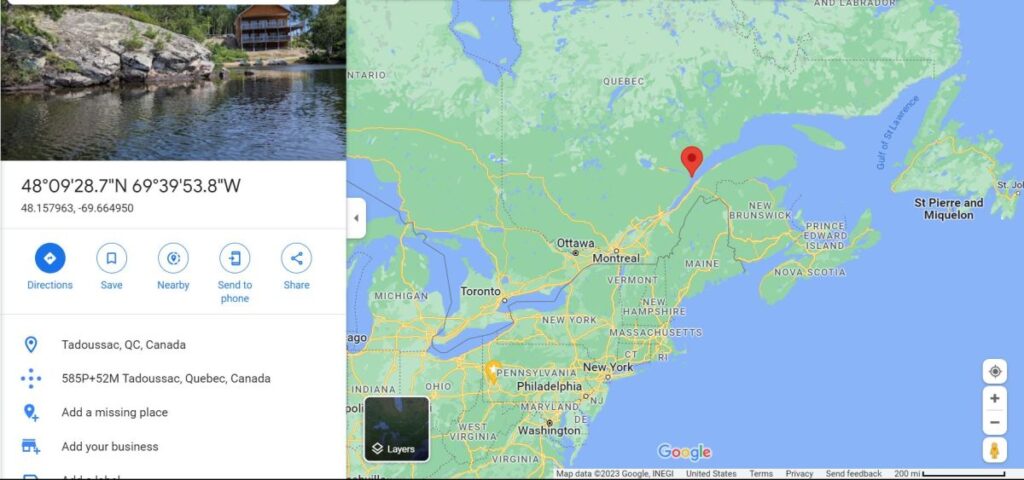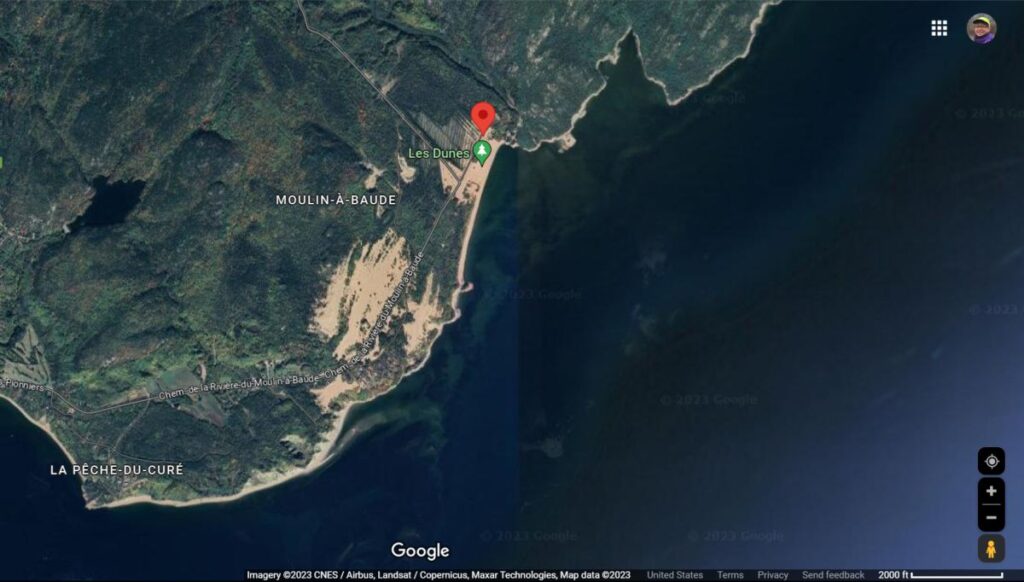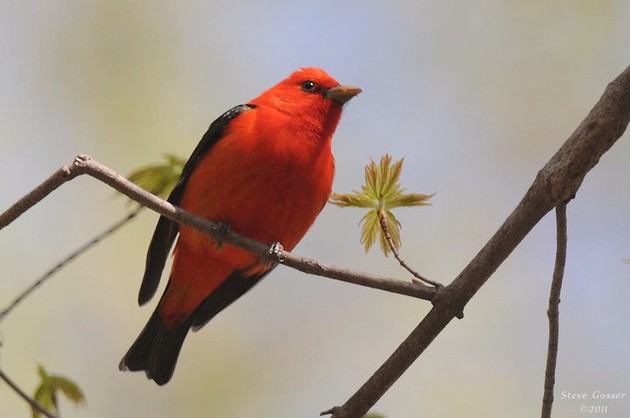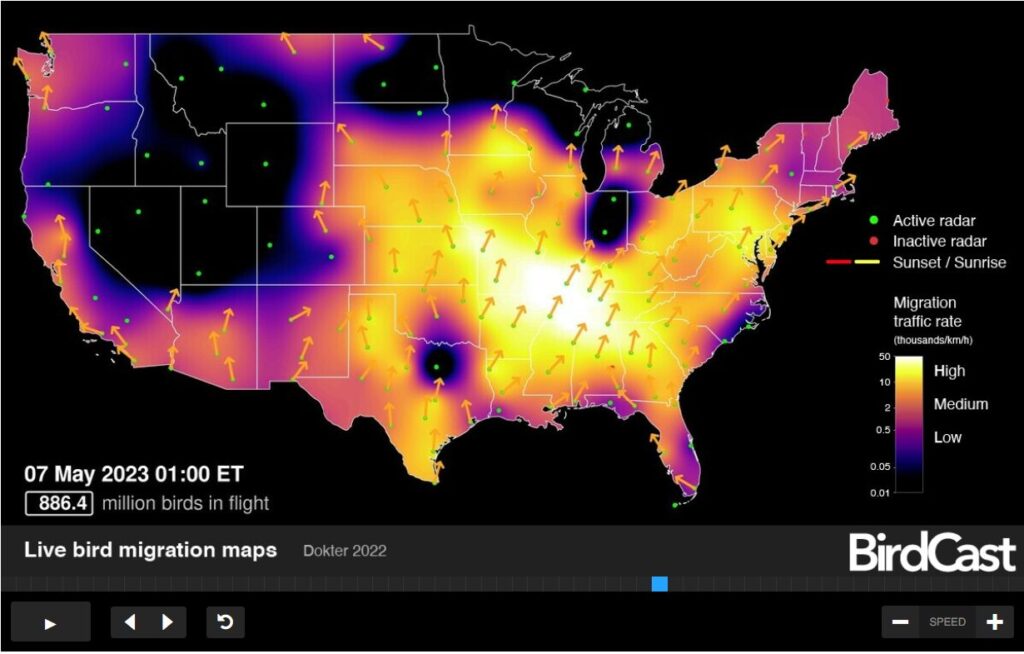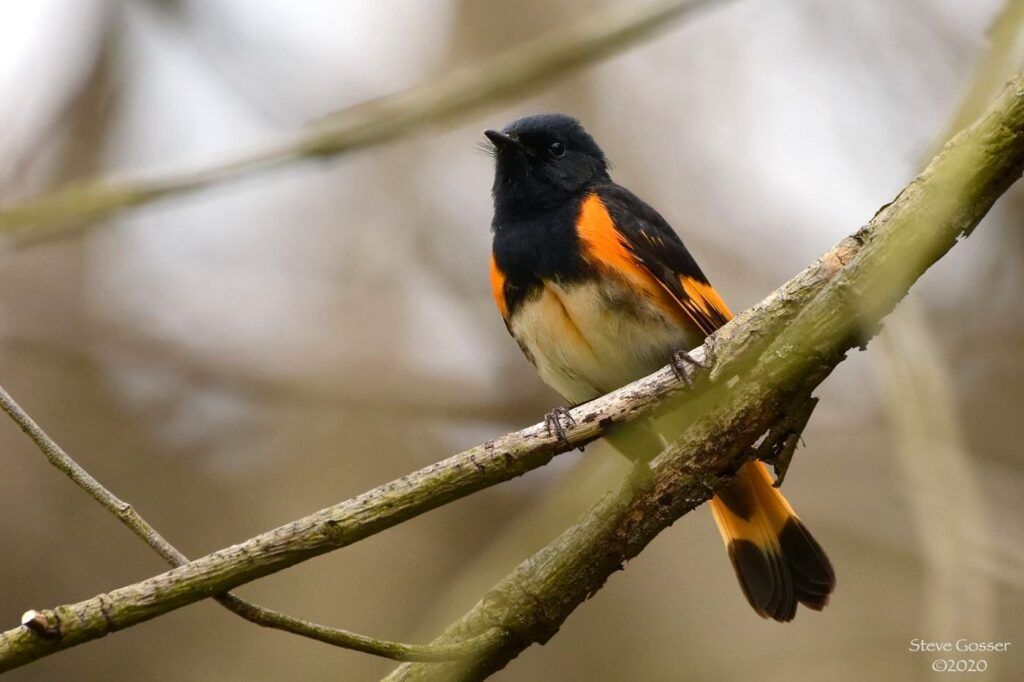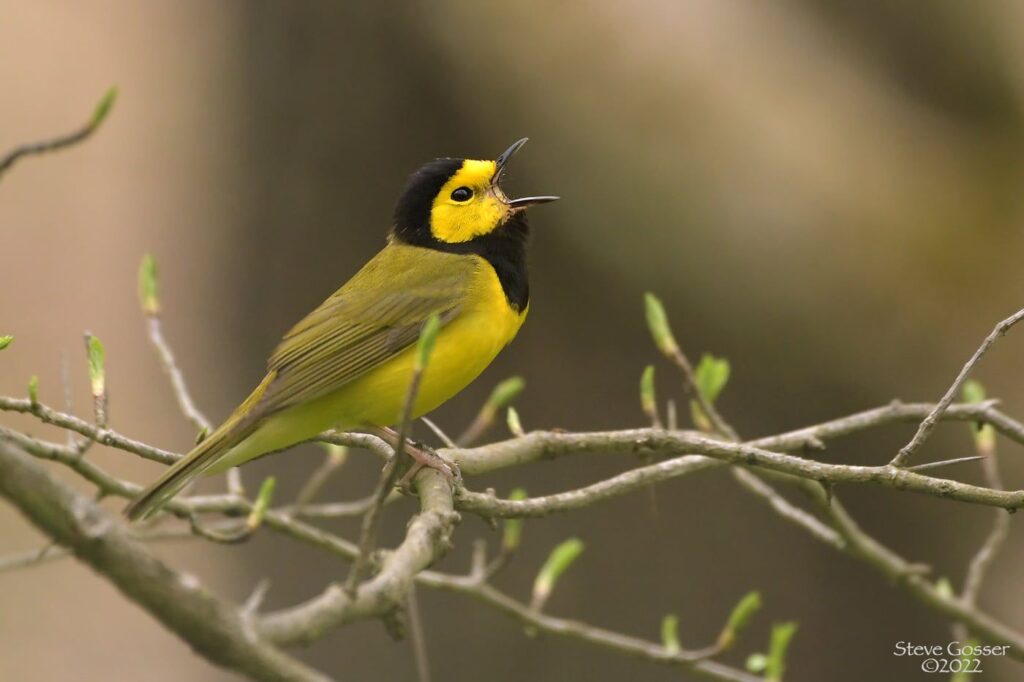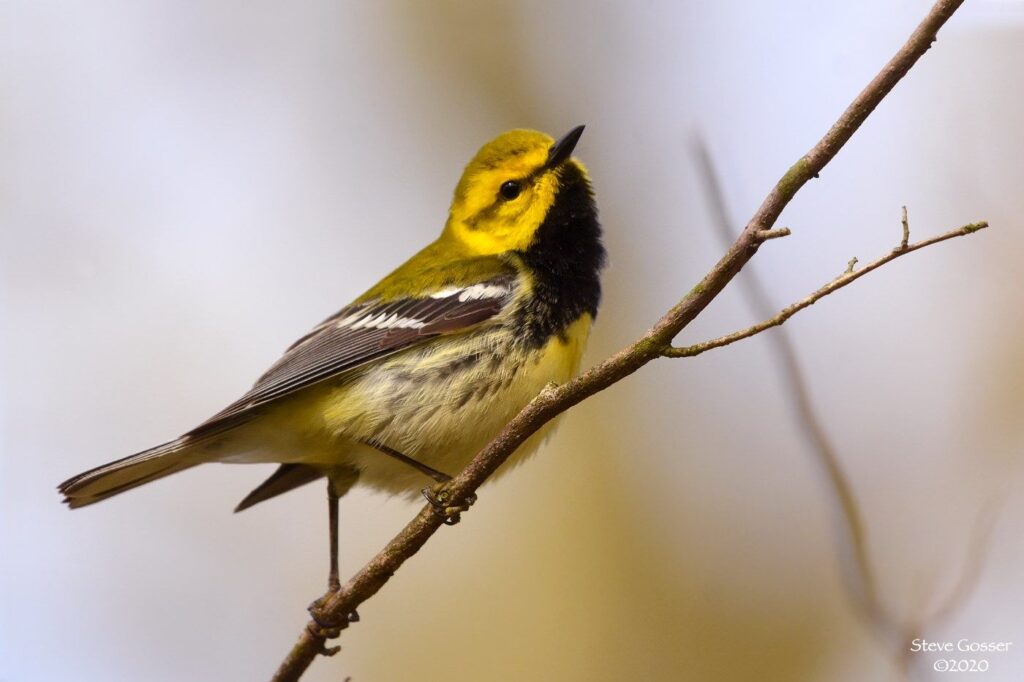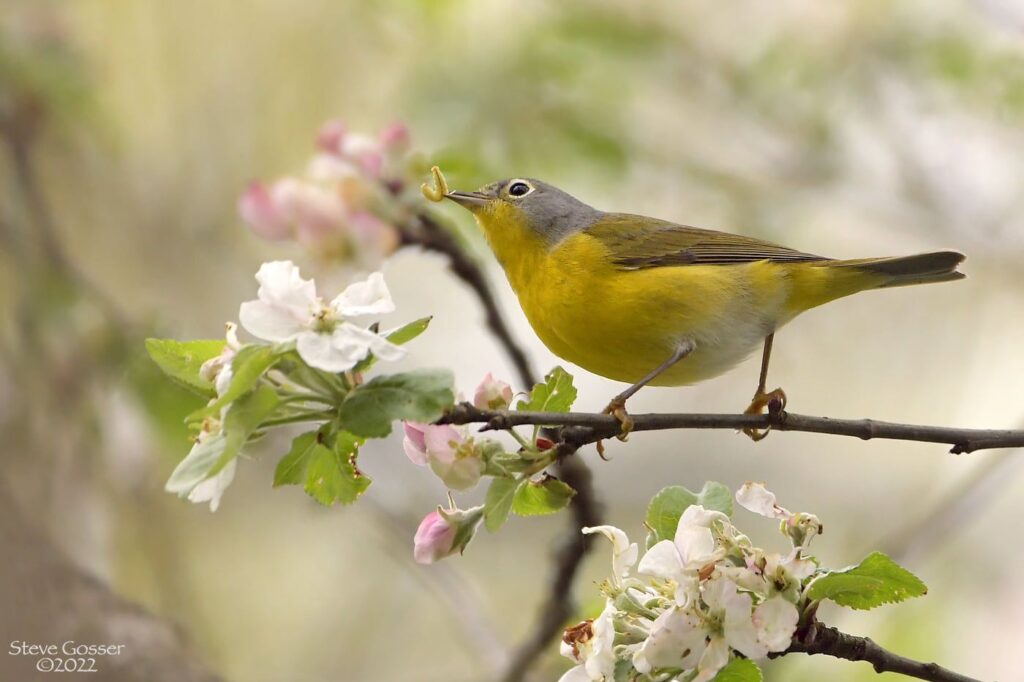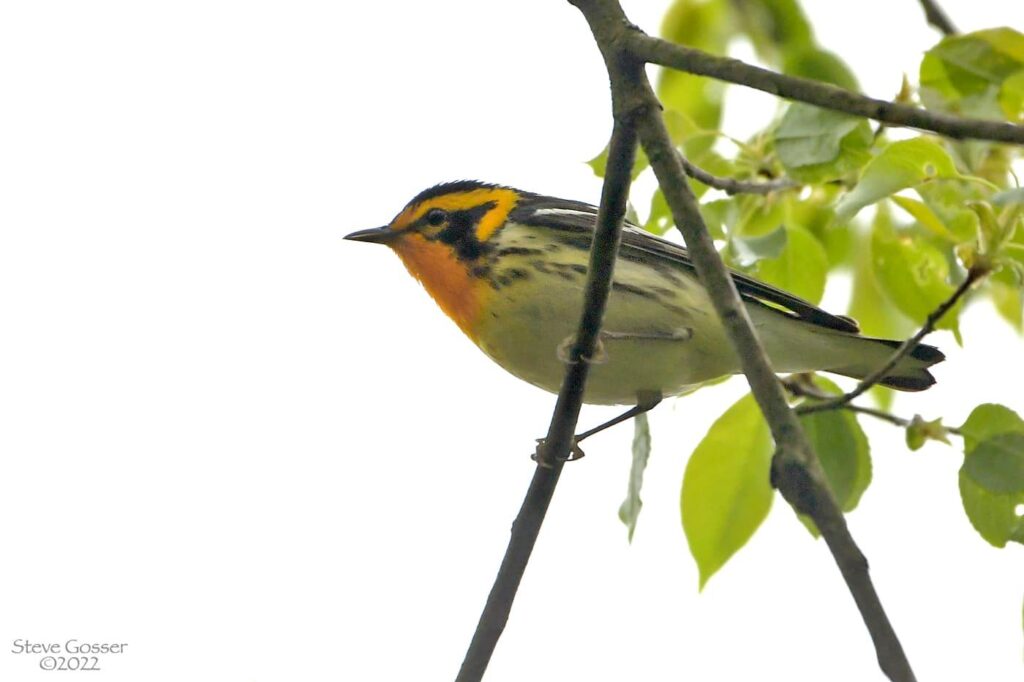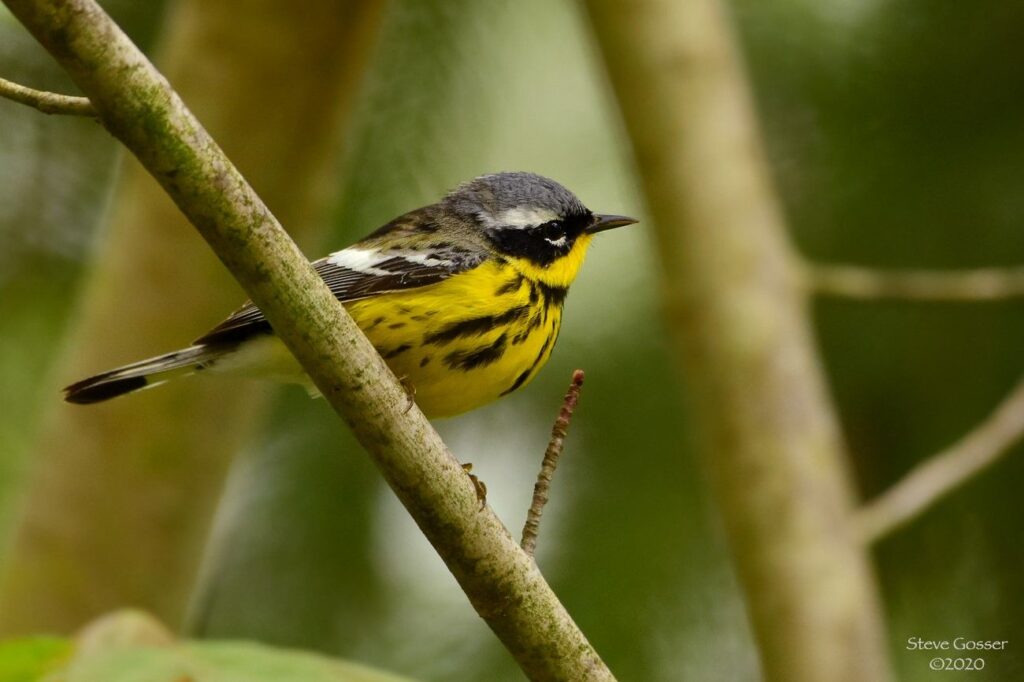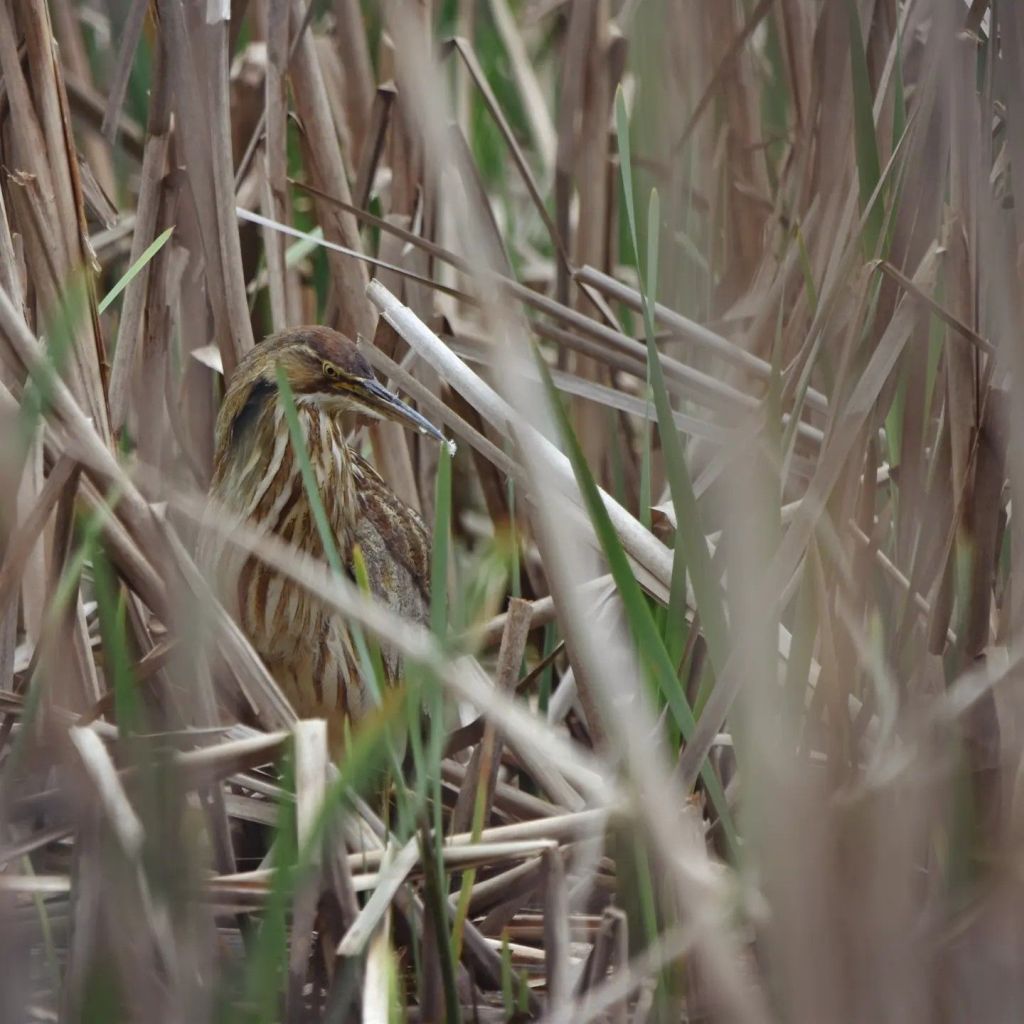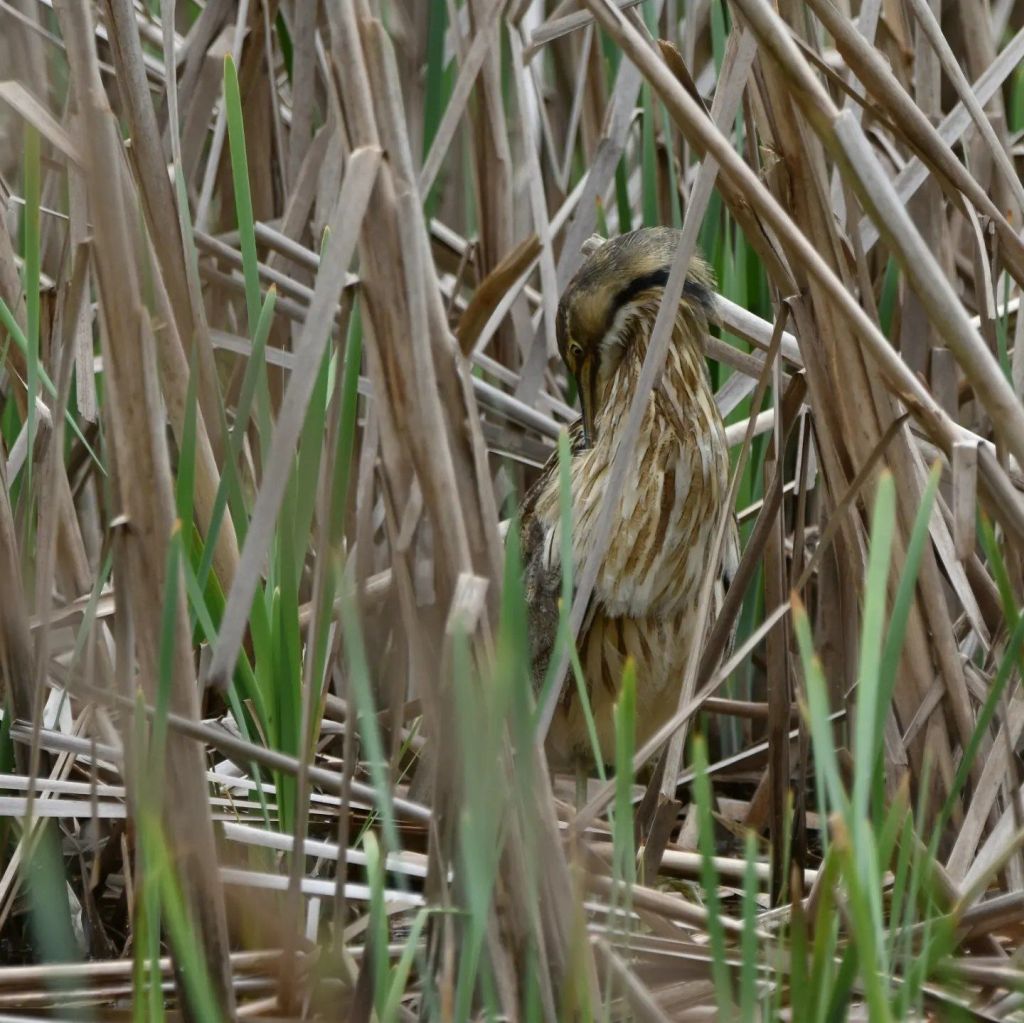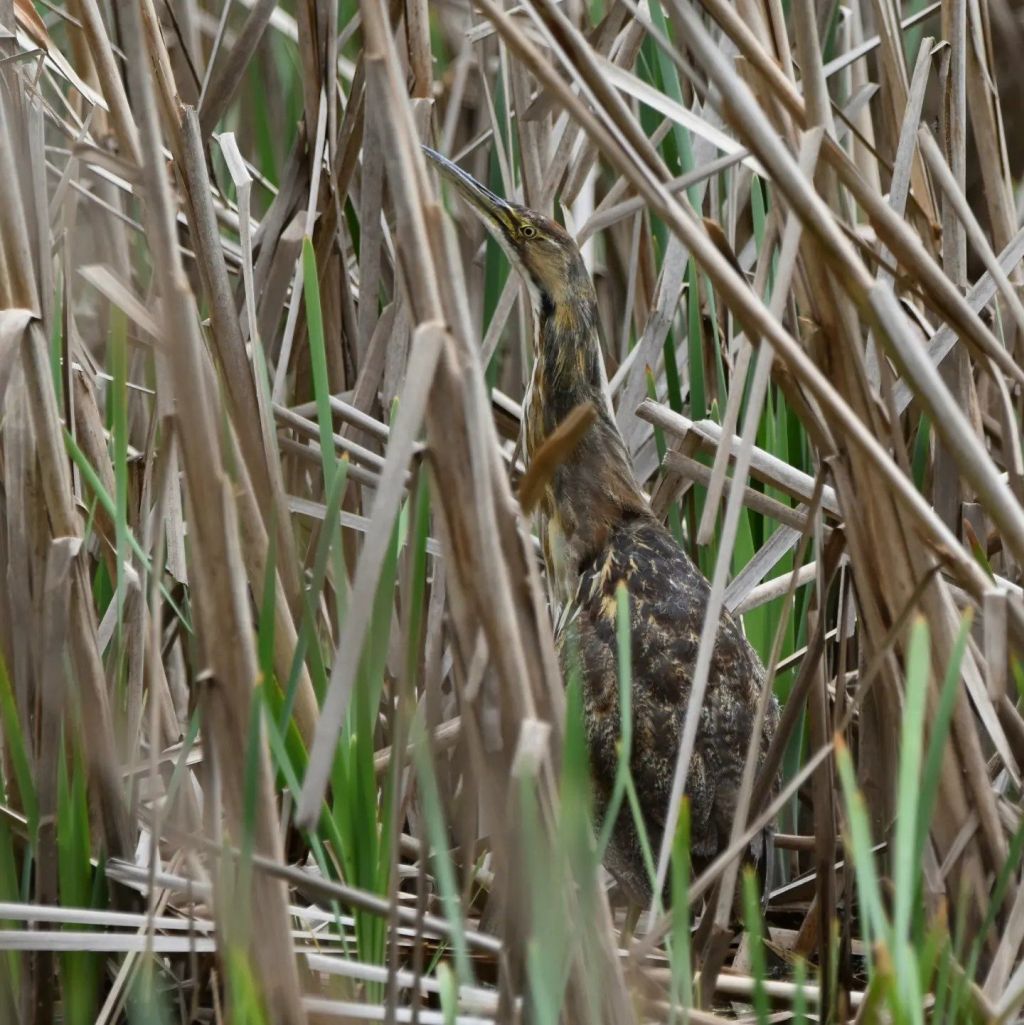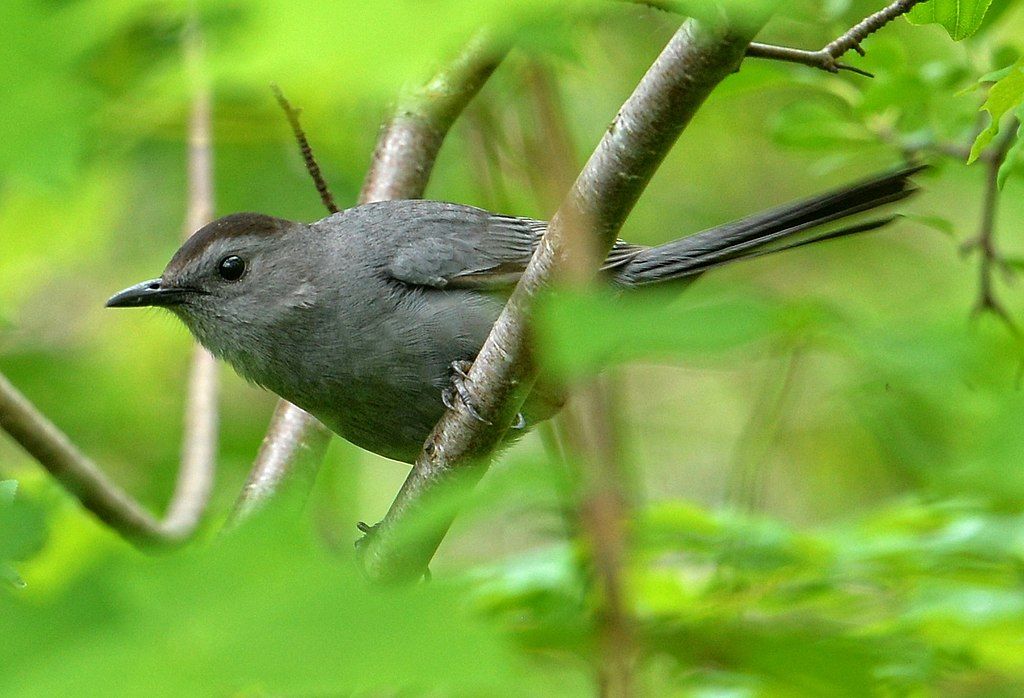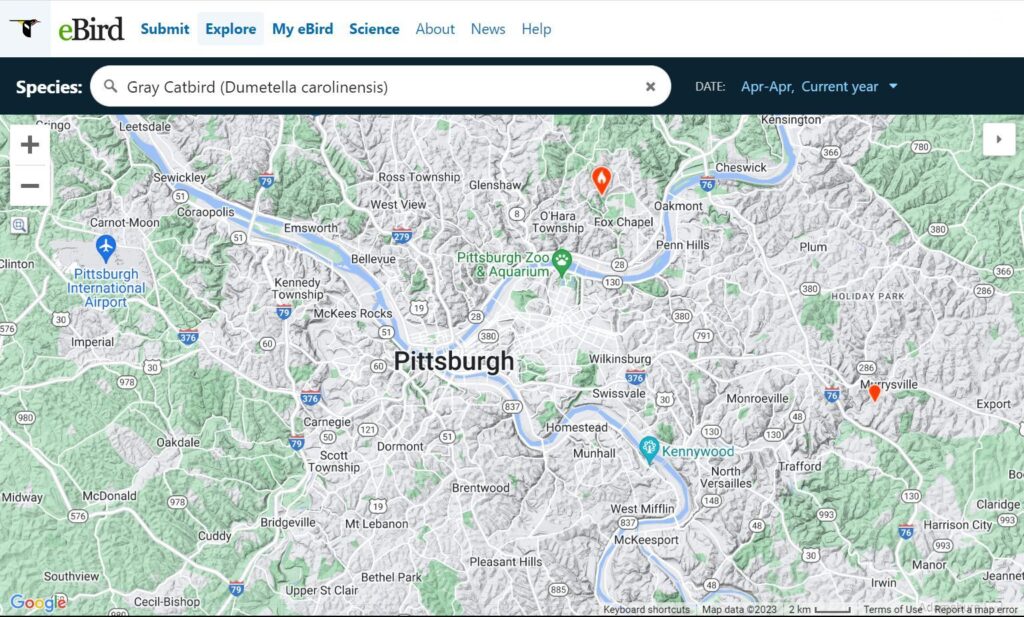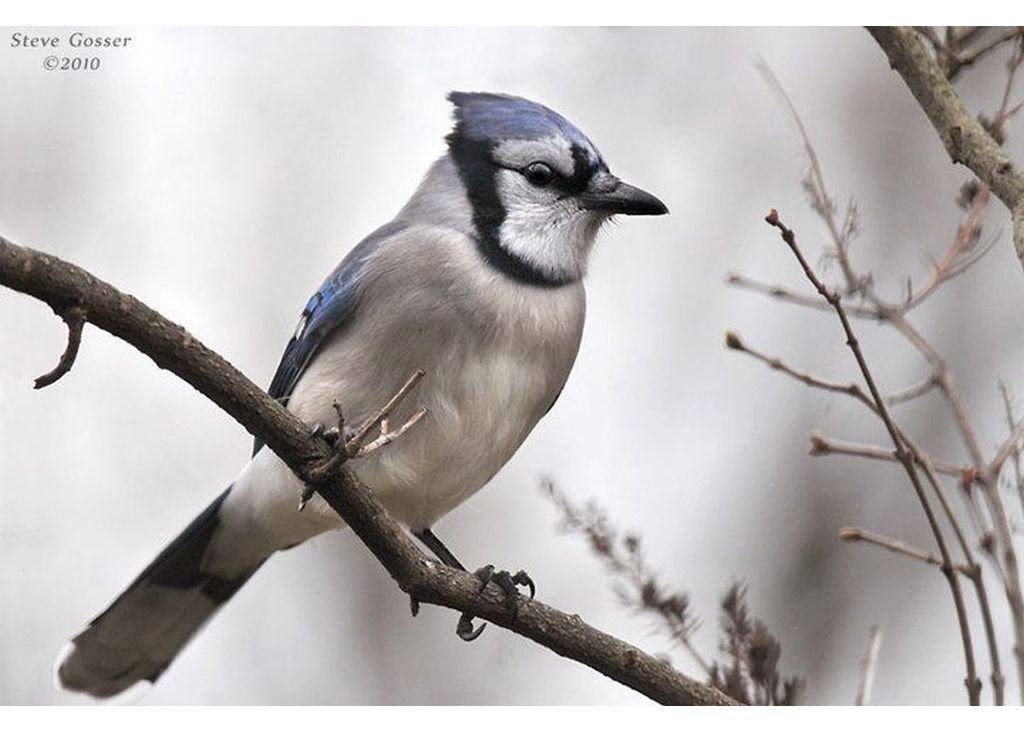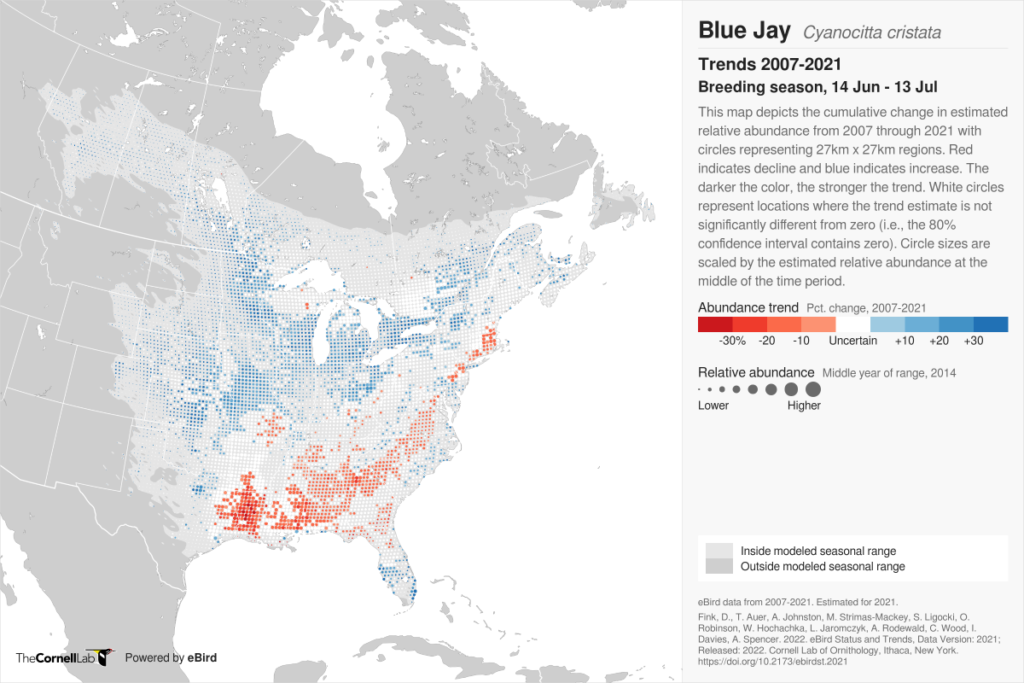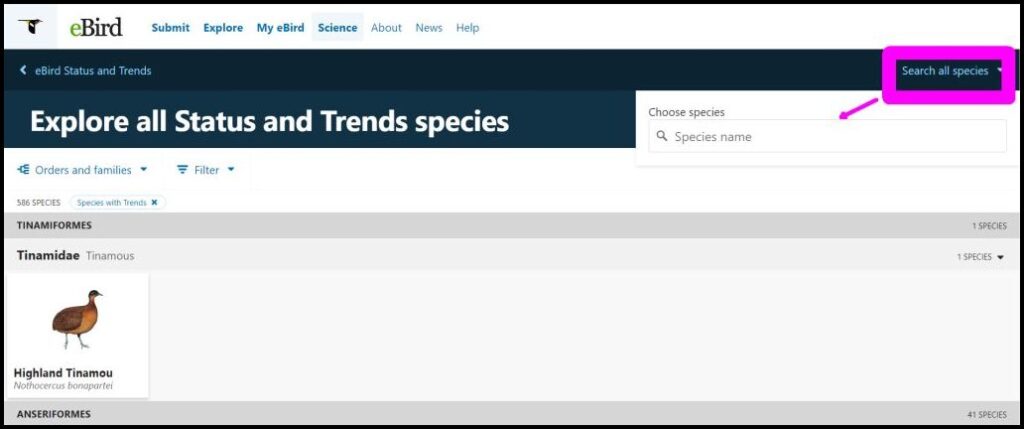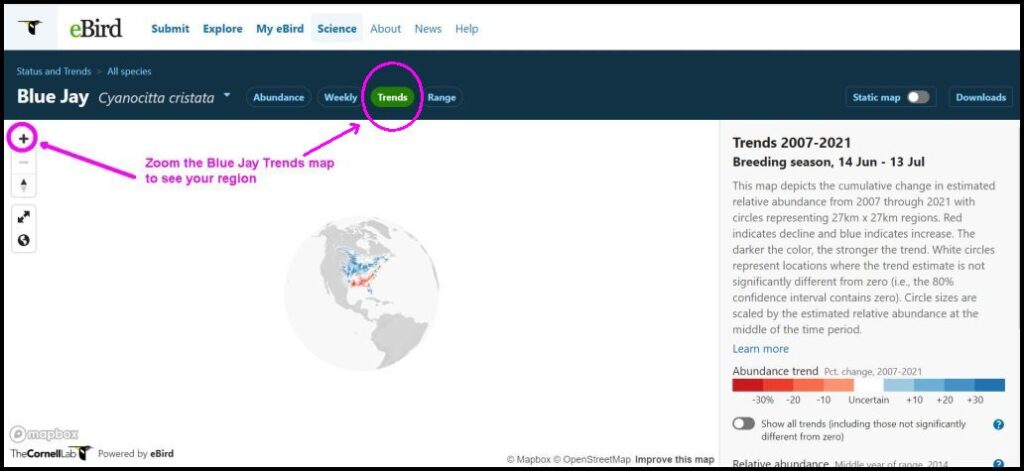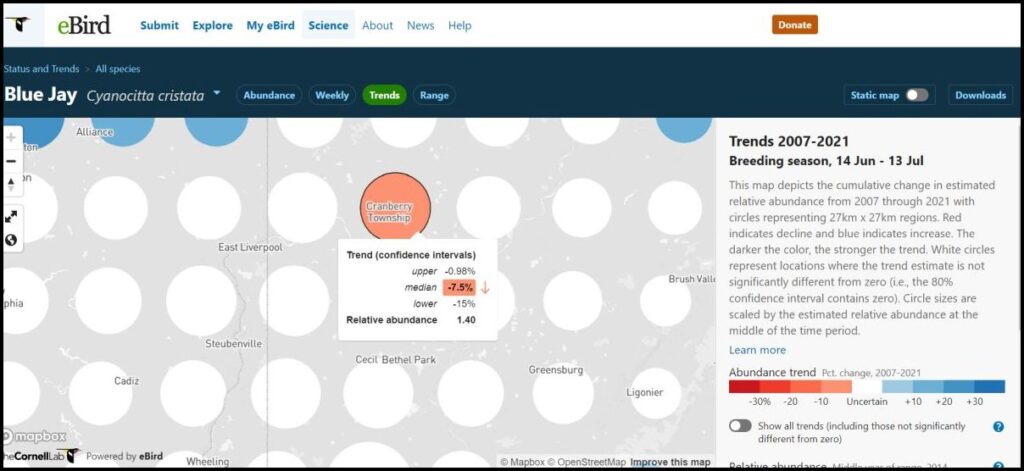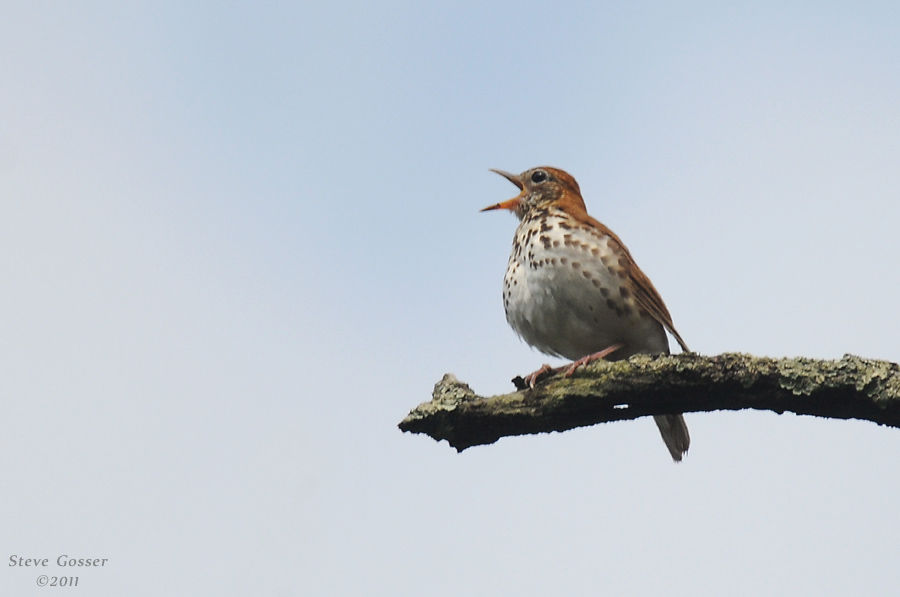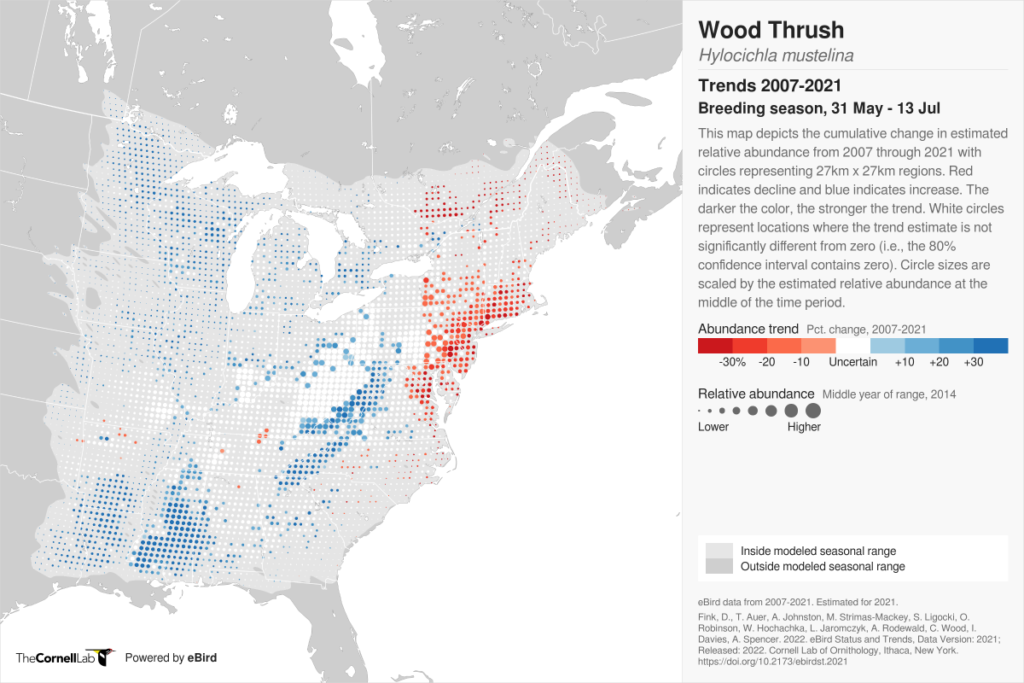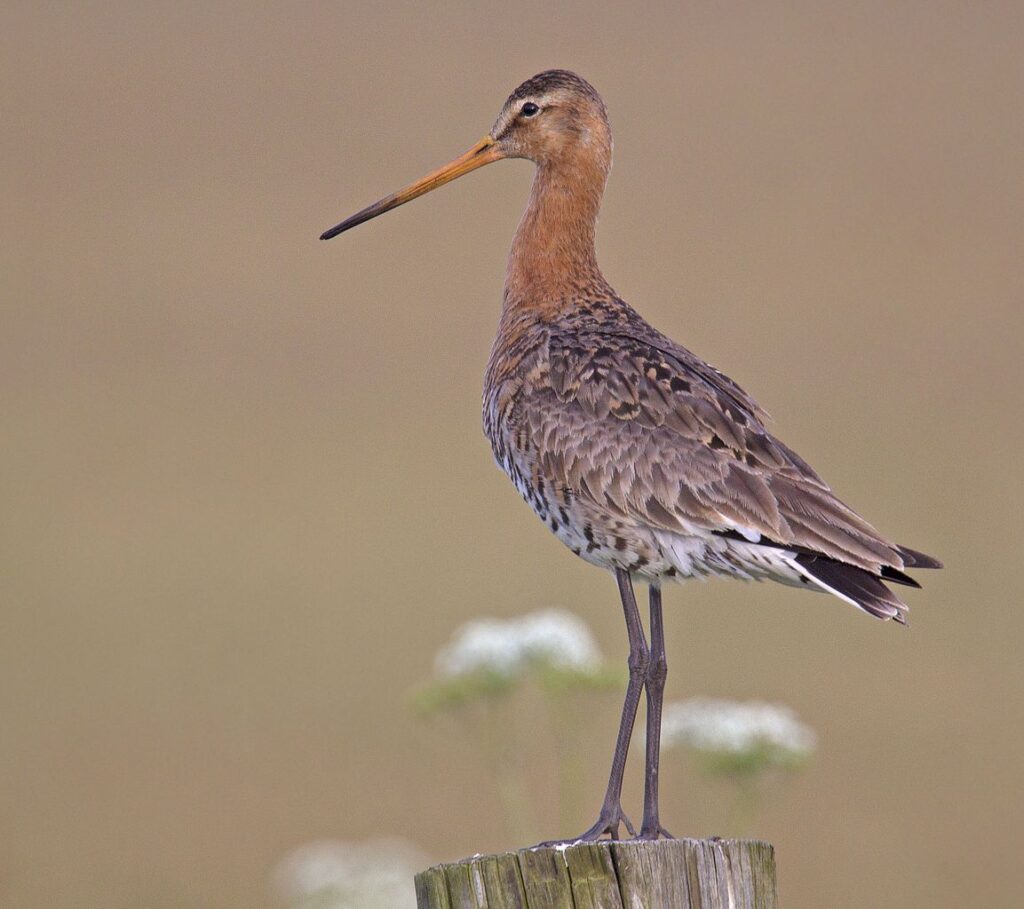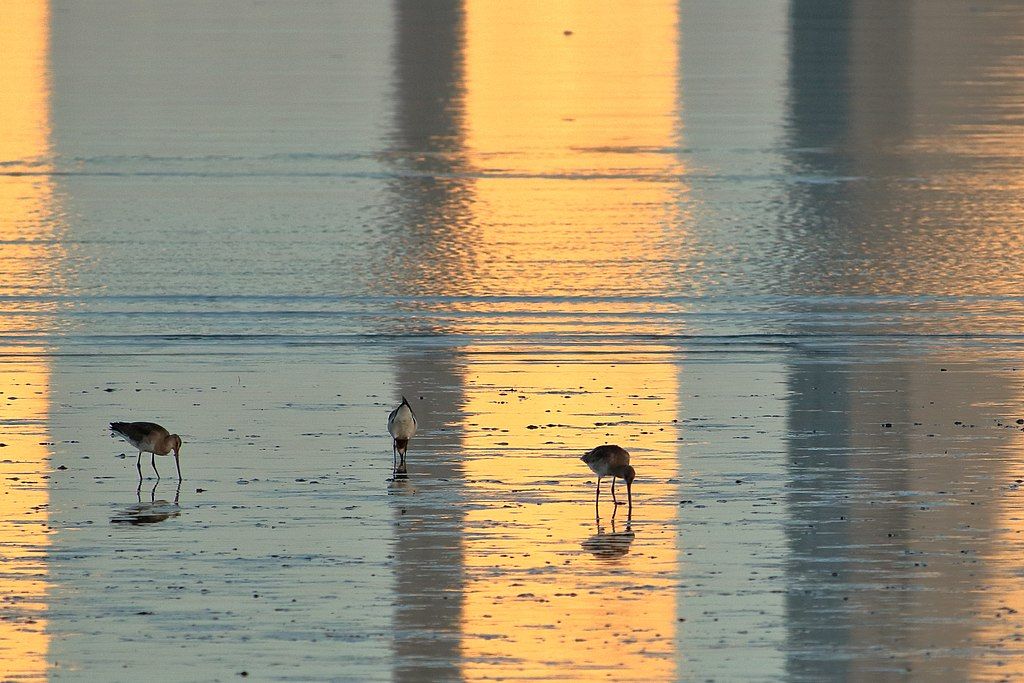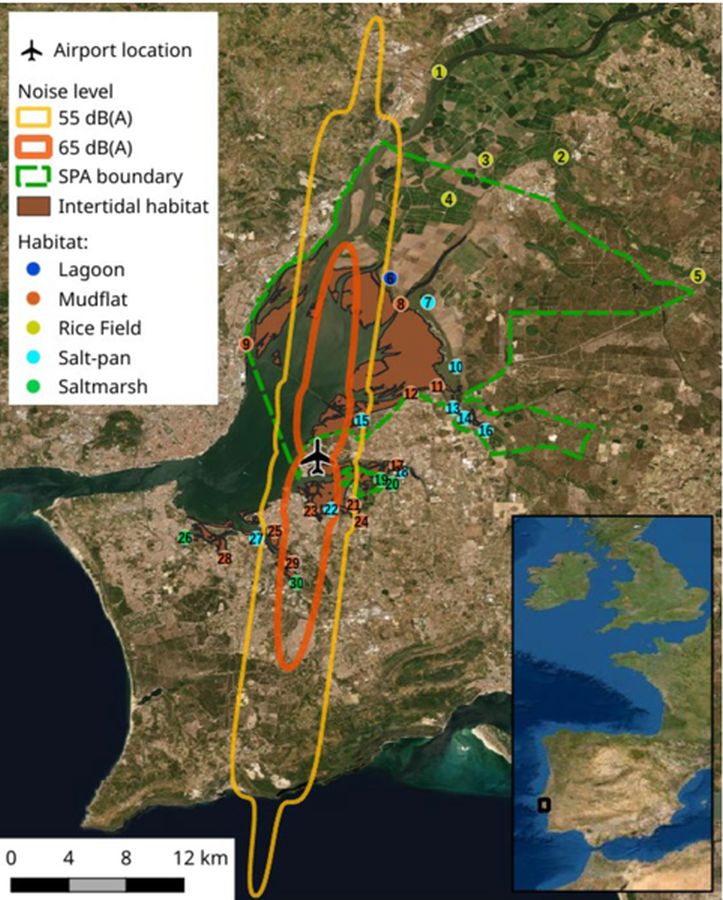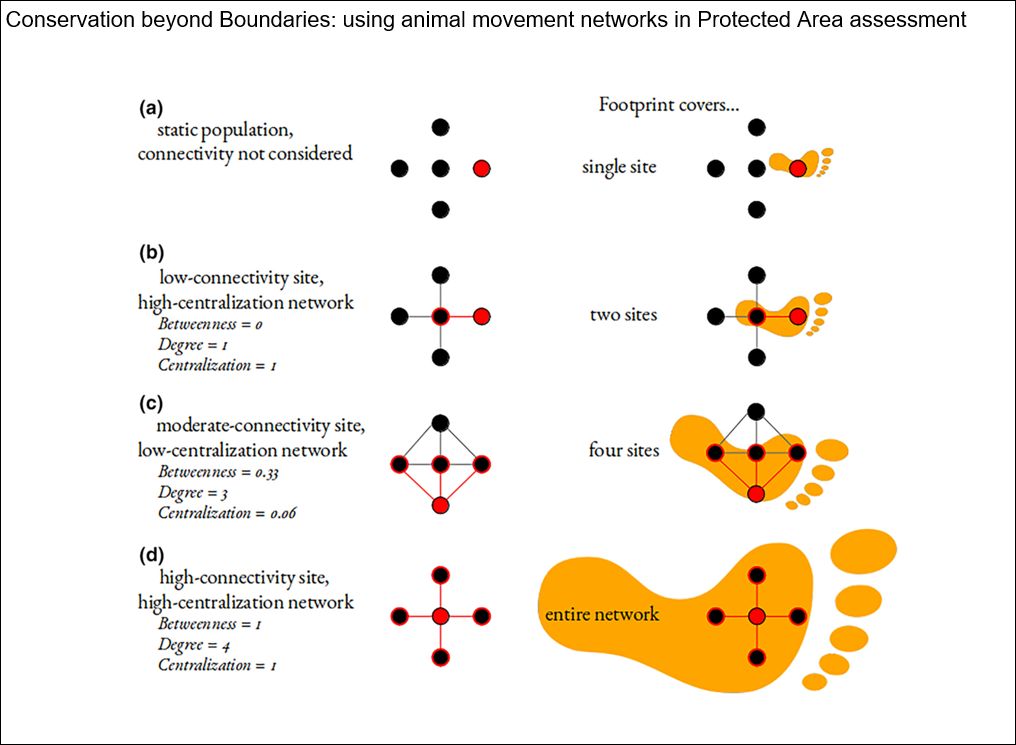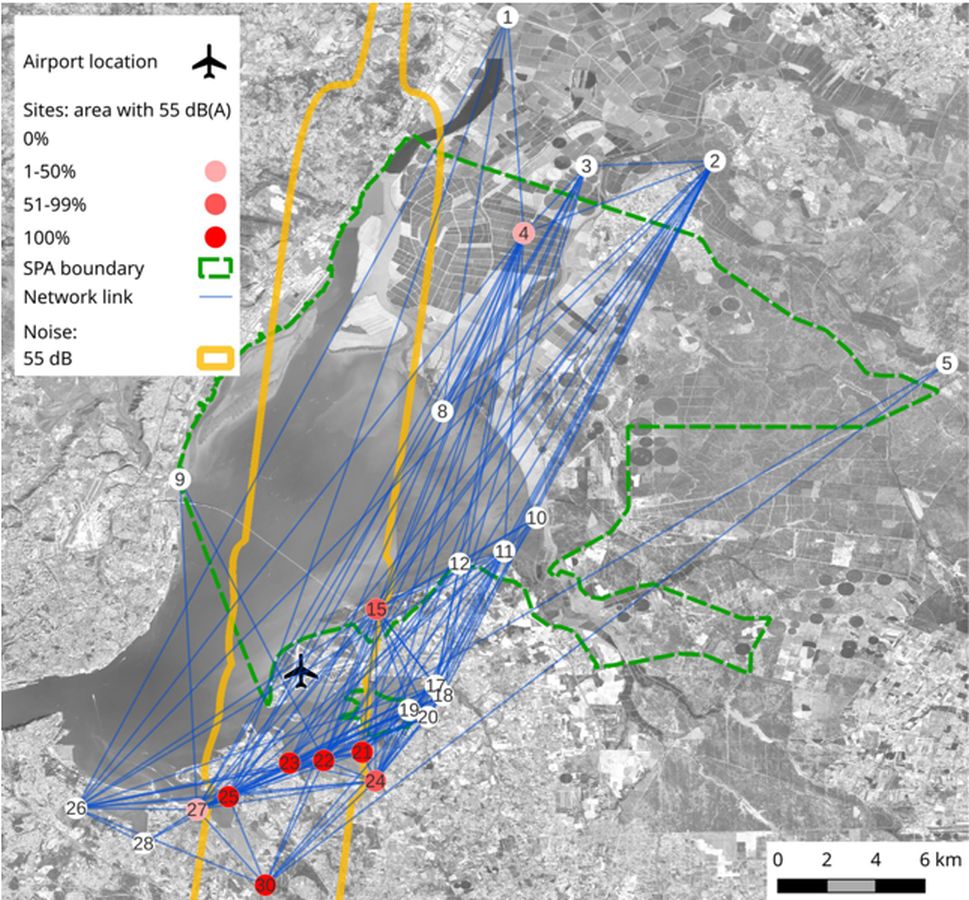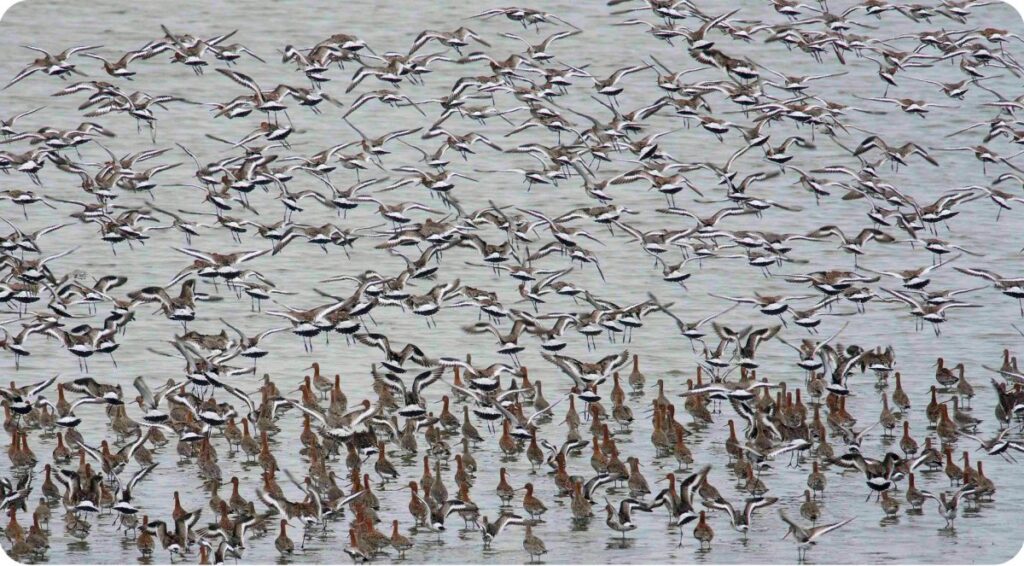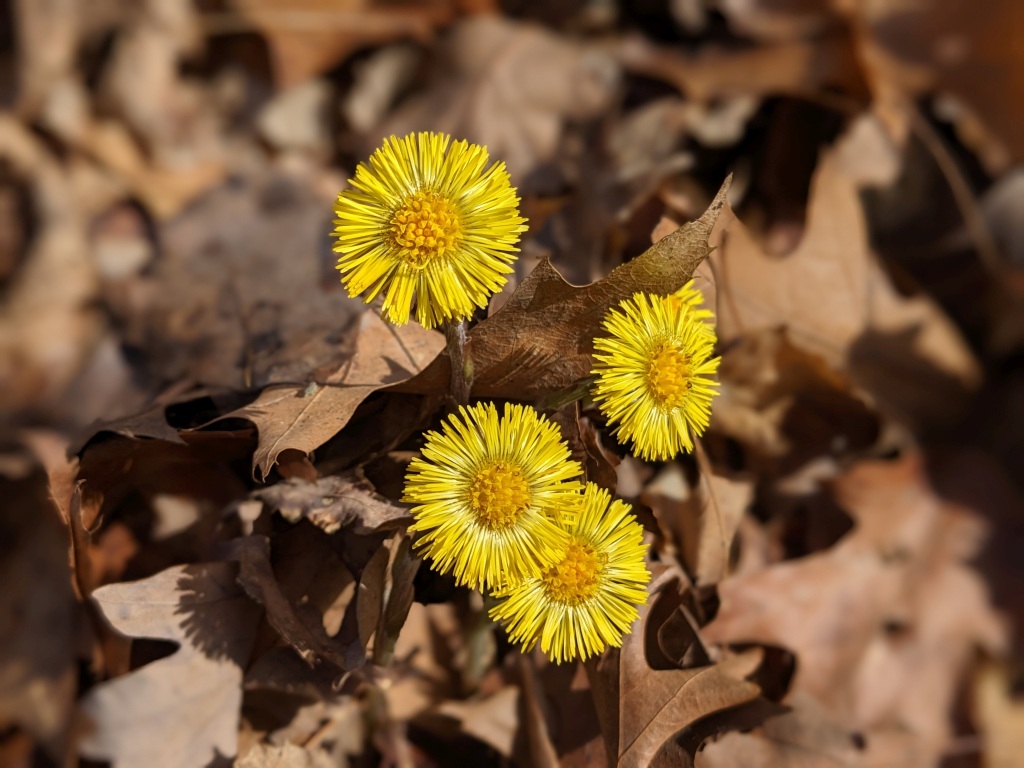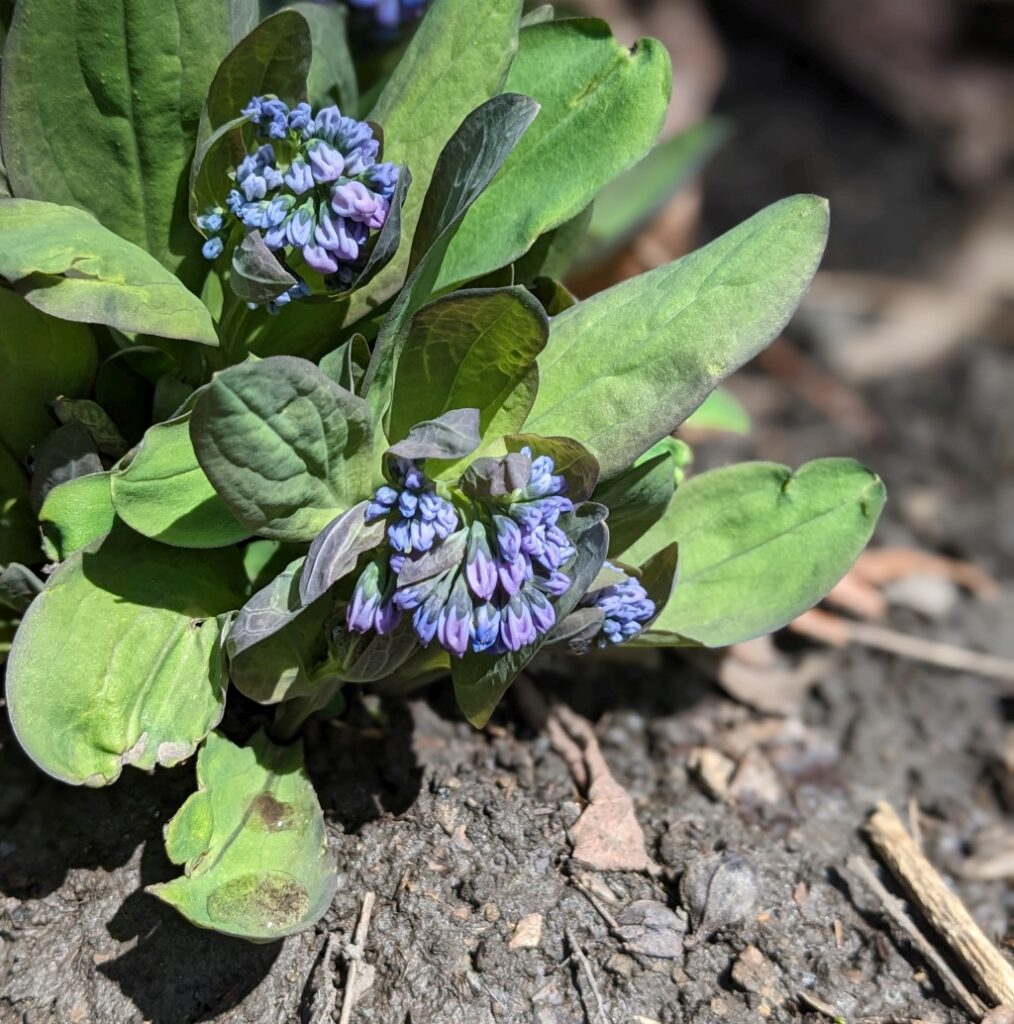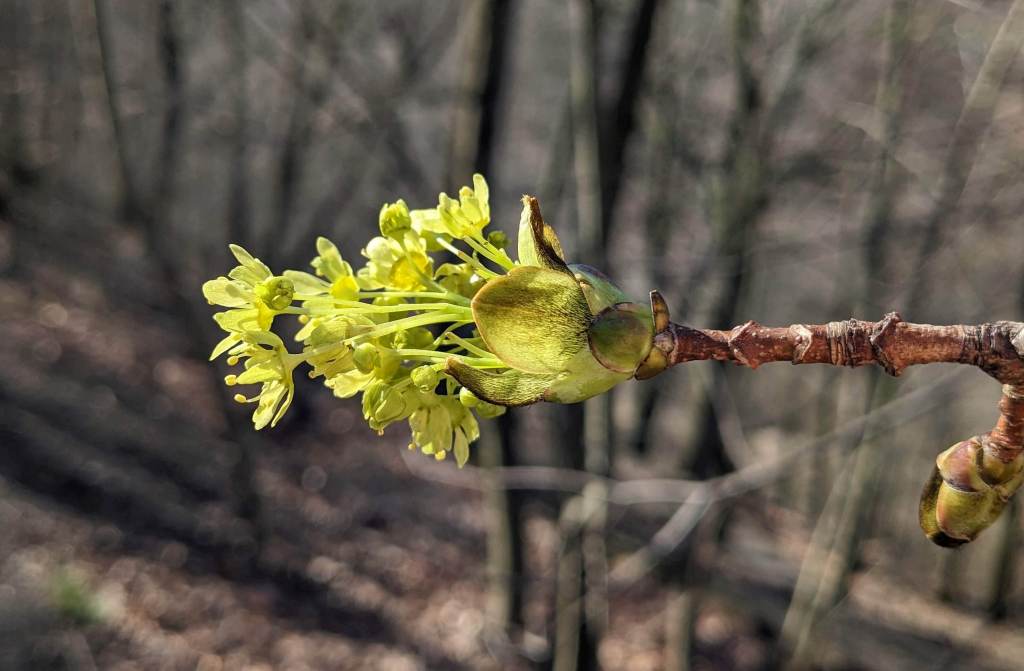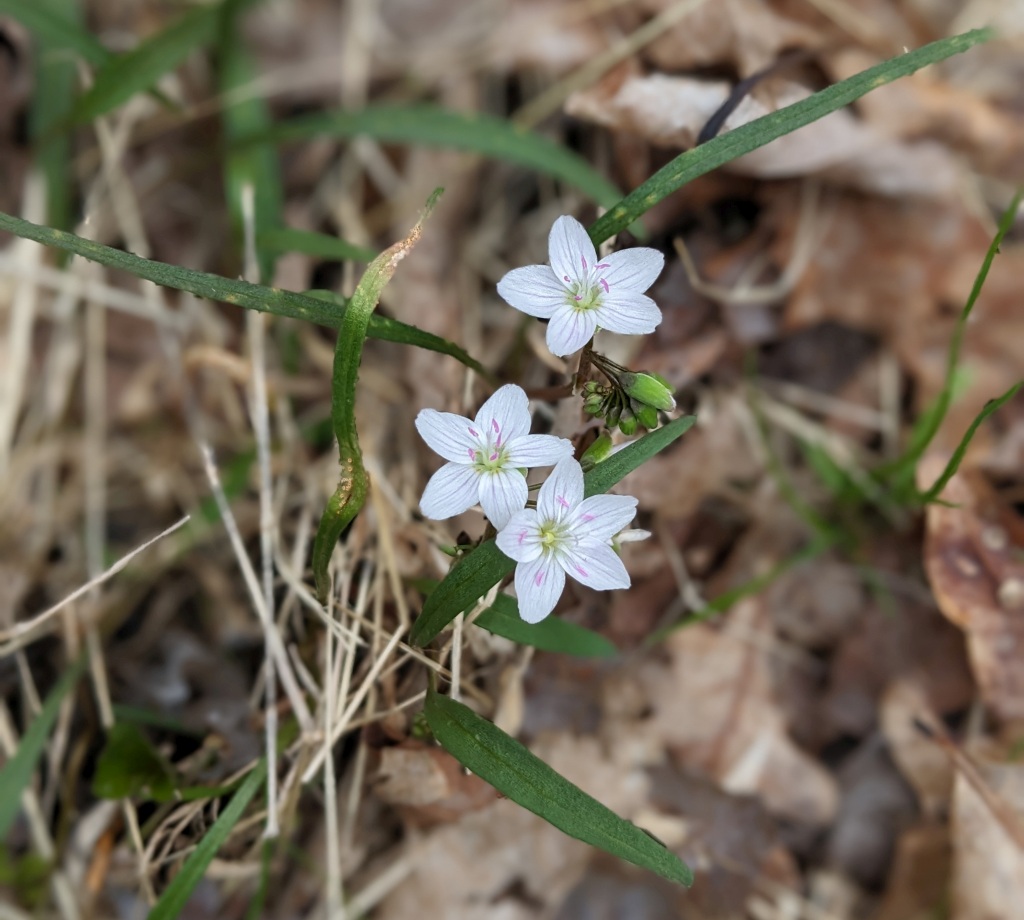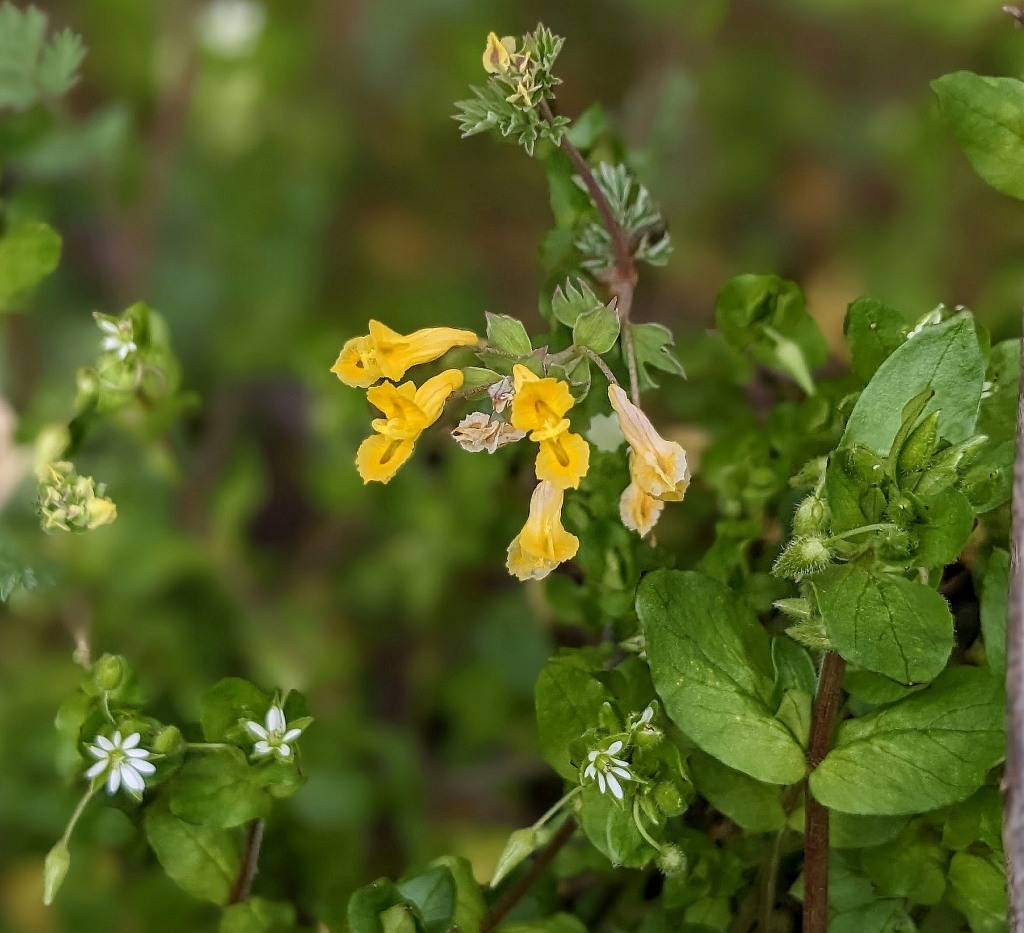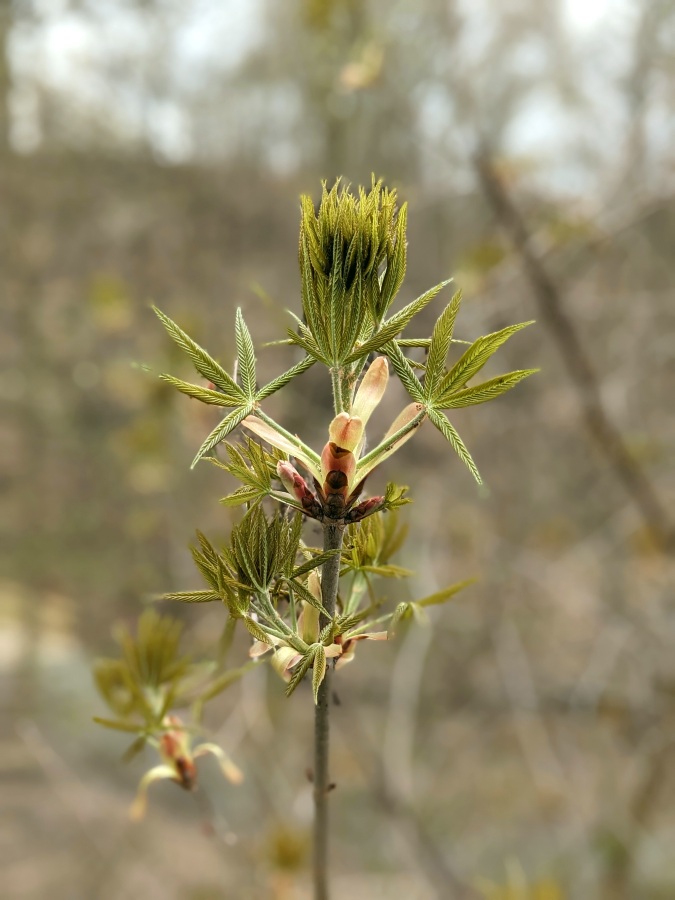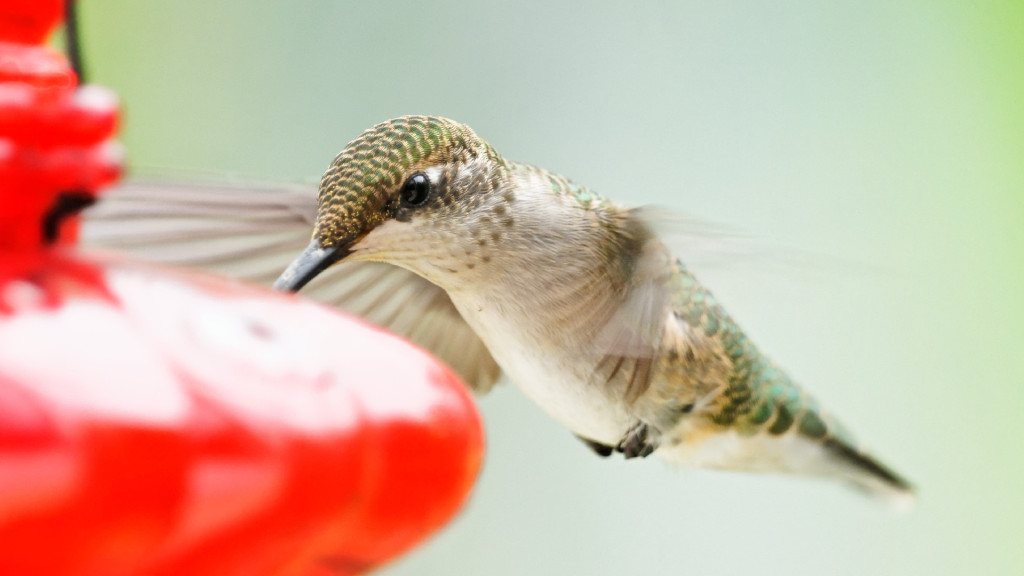
14 August 2023
A lot of us think that fall migration doesn’t start until the end of August, but guess what? BirdCast resumed migration predictions on 1 August and their regional lists of Species On The Move show an influx of 10 noticeable species this week while five have already left, or are about to. Don’t wait to go birding. Check BirdCast tools to find out why.
Species On The Move uses two decades of eBird data to calculate movement from start to finish within four regions: Upper Midwest & Northeast, Gulf Coast & Southeast, Great Plains, and West. Of course they list First Arrival, Peak, and Last Departure but my favorite markers are:
- Noticeability: *** Three asterisks mean we’re really likely to notice this species.
- Rapid Migrant Influx: A few may be here already but numbers increase rapidly on this date.
- Rapid Departure: Numbers drop quickly on this date though a few will linger.
The tables are grouped by region with Pittsburgh in the heart of BirdCast’s Upper Midwest & Northeast region. These dates are estimates but they’re good ones. Let’s take a look at who left and who’s coming soon.
Noticable Departures: Who Just Left?
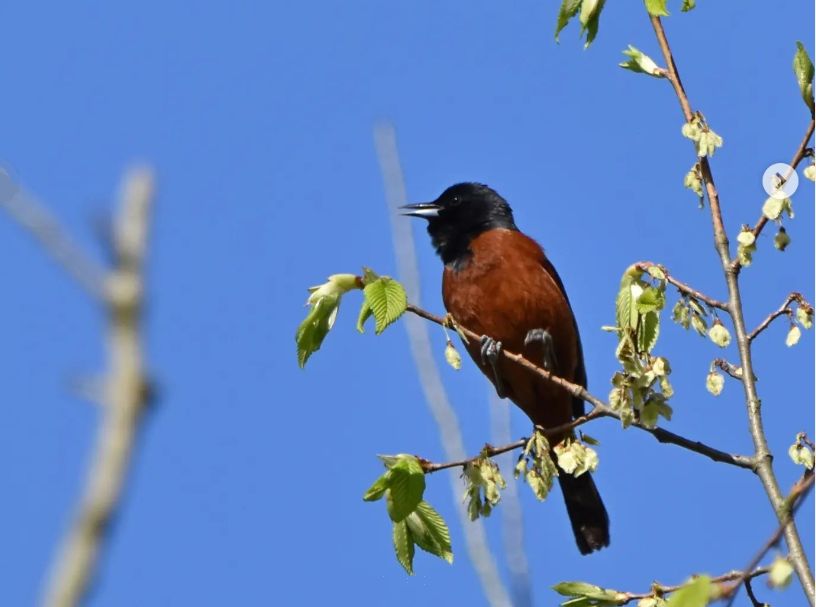
Have you noticed that orchard orioles, northern rough-winged swallows and willow flycatchers are basically gone? They started leaving in July, then rapidly departed in the first week of August. Yellow warblers and purple martins are not far behind. They’ll leave this week.
The screenshot below is a quick summary of rapid departures as of 13 August 2023. It shows:
- Upper Midwest and Northeast region
- Pared down to Noticeable birds (*** or **)
- Sorted by Rapid Migrant Departure date
- Not including some goodies such as Louisiana waterthrush, alder flycatcher and least bittern. (They’re on the website but not “Noticeable” for my pared-down screenshot.)
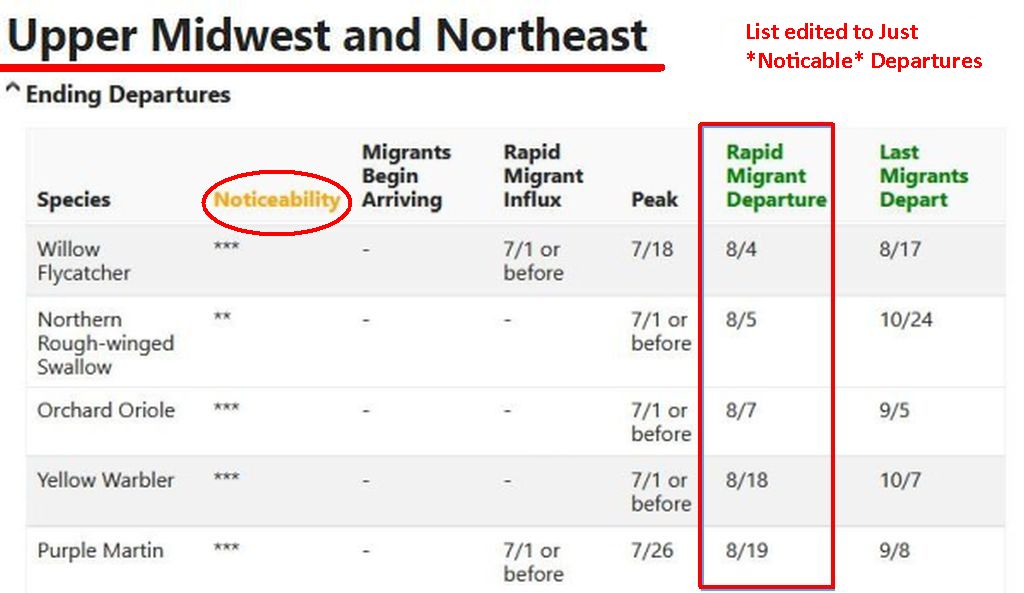
Noticeable Arrivals: What Rapid Influx will we see this week?
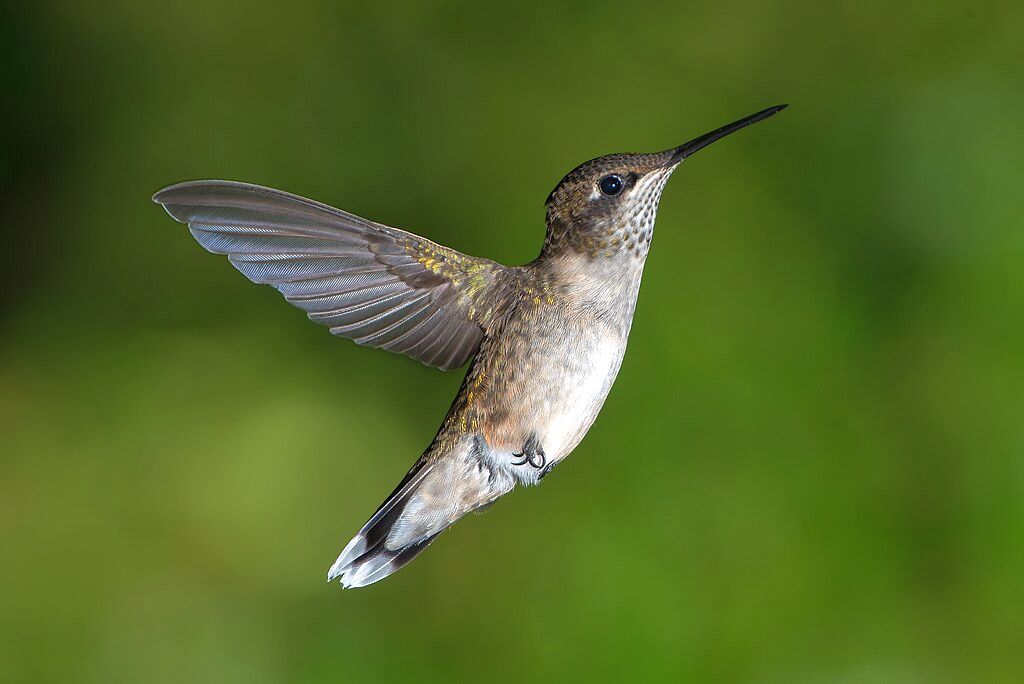
If you haven’t seen them already ruby-throated hummingbirds will make a rapid influx today, 14 August.
The larger region will see increased numbers of common nighthawks and Canada Warblers but in Pittsburgh it’s usually the last week of August.
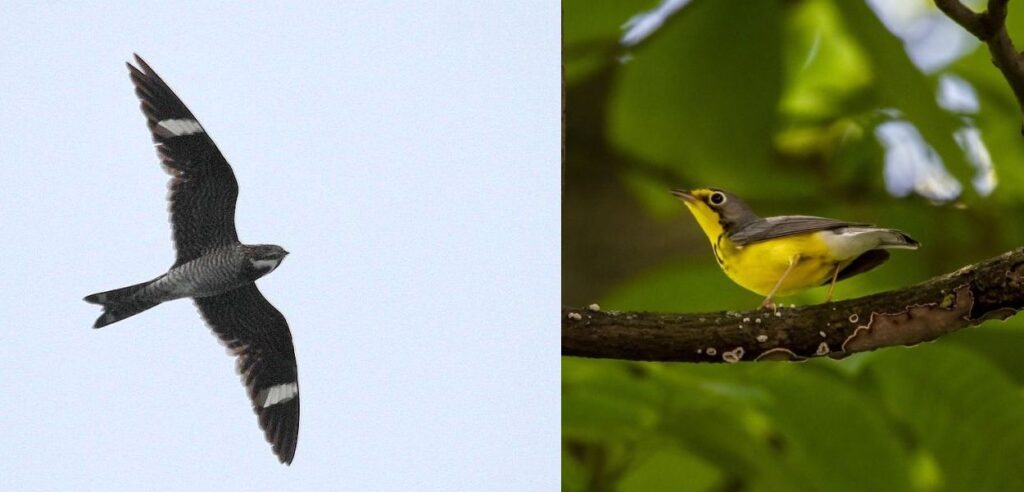
Here’s a quick summary of Beginning Arrivals as of 13 August 2023 — same parameters as the departures above.
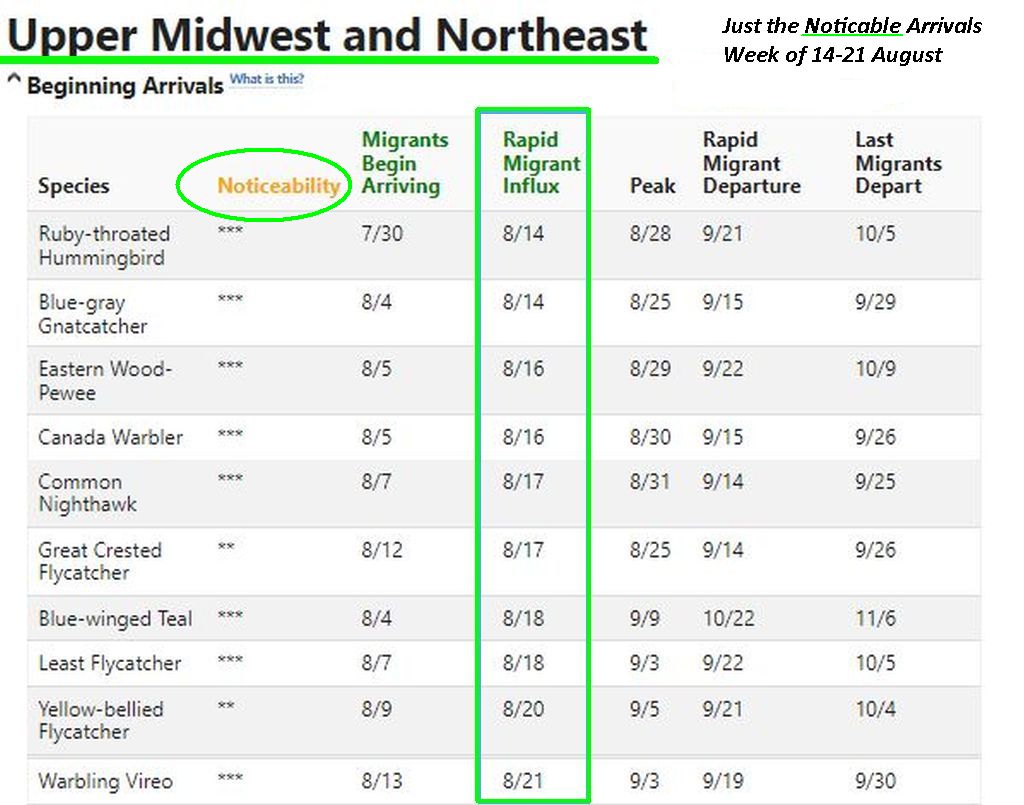
The tables change every day, dropping past dates and picking up new species in the future, so check out BirdCast’s Species on the Move to find out what’s happening near you.
p.s. How will you know if it’s worth going birding? Check BirdCast Migration Tools for forecast maps, live maps and alerts.
(photos from Wikimedia Commons, Charity Kheshgi, Chuck Tague, Kuldeep Singh. Tables are modified screenshots from BirdCast’s Species On The Move for the Upper Midwest and Northeast. Be sure to check BirdCast for the latest data)
